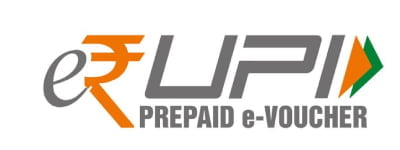Digital Payment Methods In India

As of my last knowledge update in January 2022, India has a diverse range of payment options, both traditional and digital. Keep in mind that the payment landscape is dynamic, and new options may emerge. Here’s a list of commonly used payment options in India:
Cash: Physical currency is still widely used for transactions.
Debit Cards: Linked to bank accounts, debit cards are commonly used at ATMs and for point-of-sale transactions.
Credit Cards: Issued by banks, credit cards allow users to make purchases on credit, with a billing cycle for repayment.
Net Banking: Online banking services provided by banks to facilitate fund transfers, bill payments, and online shopping.
Mobile Wallets: Digital wallets like Paytm, PhonePe, and Google Pay allow users to store money digitally and make payments using a mobile app.
Unified Payments Interface (UPI): A real-time payment system that enables users to link multiple bank accounts to a single mobile application.
Immediate Payment Service (IMPS): A fund transfer service that operates 24/7, facilitating instant money transfers between banks.
National Electronic Funds Transfer (NEFT): A system for electronic transfer of funds between banks on a one-to-one basis.
Real-Time Gross Settlement (RTGS): A funds transfer system for large-value transactions, processed in real-time.
Bharat Bill Payment System (BBPS): A platform that allows the payment of bills, such as electricity, water, and gas, through a single interface.
Aadhaar Enabled Payment System (AEPS): Enables people to carry out banking transactions on a micro-ATM using Aadhaar authentication.
Prepaid Cards: Cards that are preloaded with a specific amount, similar to gift cards.
BHIM (Bharat Interface for Money): A mobile app that allows users to make simple, quick, and secure UPI payments.
Contactless Cards: Cards equipped with near-field communication (NFC) technology, allowing users to make secure, contactless transactions.
Crypto Wallets: While not legal tender, cryptocurrencies like Bitcoin have gained popularity, and some platforms allow users to buy, sell, and store cryptocurrencies.
Post-Dated Checks (PDCs): Common in business transactions, post-dated checks are checks with a future date.
Mobile Banking: Many banks offer mobile banking apps, allowing users to access a range of banking services on their mobile devices.
Rupay Cards: An indigenous card payment system in India, offering a variety of debit, credit, and prepaid cards.
Demand Drafts (DD): A negotiable instrument issued by banks, often used for transferring money between cities.
Government Payment Services: Platforms like E-Challan and government websites facilitate the payment of taxes, fines, and fees.
It’s essential to stay updated with the latest developments in the payment ecosystem as new technologies and services continue to emerge. Additionally, regulatory changes may impact the availability and functionality of certain payment options.










